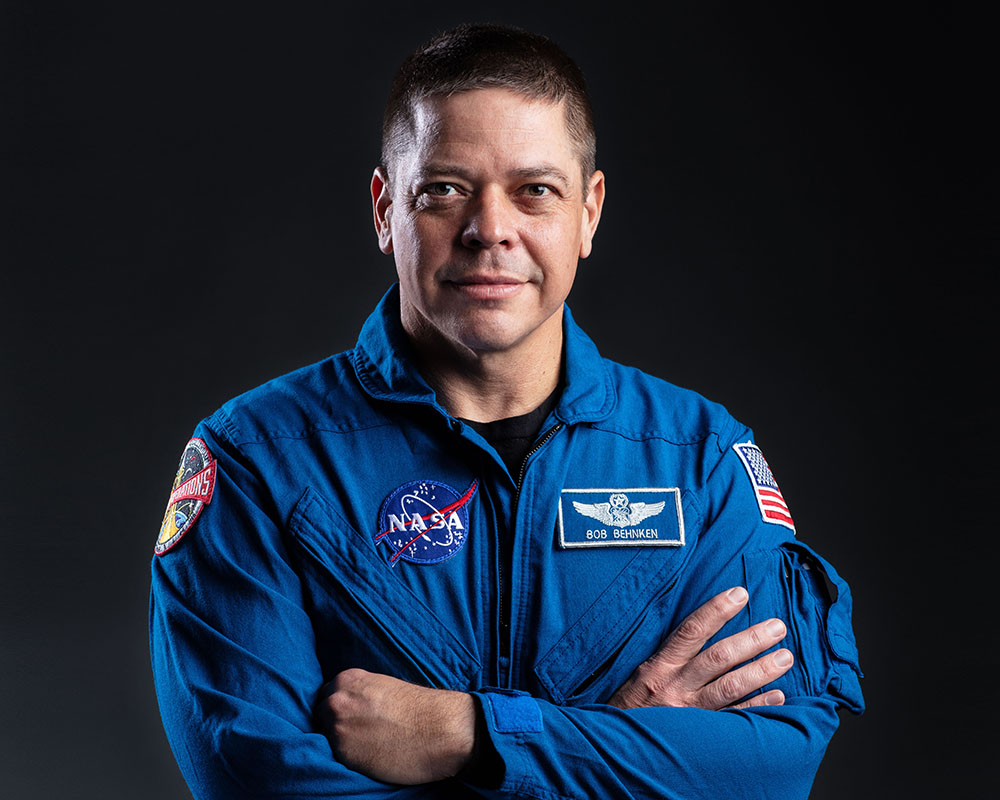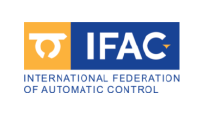Wednesday May 31st, Semi-Plenaries
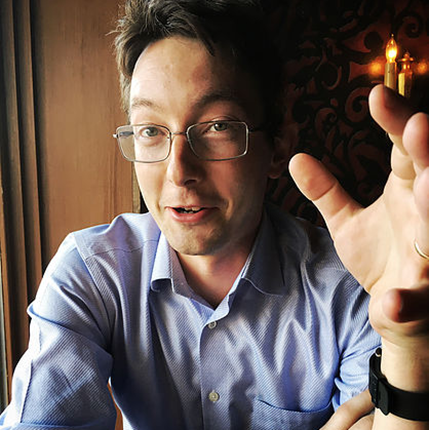
Steve Brunton
Machine Learning for Sparse Nonlinear Modeling and Control
Room: Sapphire CDGH
Abstract: This work describes how machine learning may be used to develop accurate and efficient nonlinear dynamical systems models for complex natural and engineered systems. We explore the sparse identification of nonlinear dynamics (SINDy) algorithm, which identifies a minimal dynamical system model that balances model complexity with accuracy, avoiding overfitting. This approach tends to promote models that are interpretable and generalizable, capturing the essential “physics” of the system. We also discuss the importance of learning effective coordinate systems in which the dynamics may be expected to be sparse. This sparse modeling approach will be demonstrated on a range of challenging modeling problems, for example in fluid dynamics, and we will discuss how to incorporate these models into existing model-based control efforts.
Bio: Dr. Steven L. Brunton is a Professor of Mechanical Engineering at the University of Washington. He is also Adjunct Professor of Applied Mathematics and Computer science, and a Data Science Fellow at the eScience Institute. Steve received the B.S. in mathematics from Caltech in 2006 and the Ph.D. in mechanical and aerospace engineering from Princeton in 2012. His research combines machine learning with dynamical systems to model and control systems in fluid dynamics, biolocomotion, optics, energy systems, and manufacturing. He received the Army and Air Force Young Investigator Program (YIP) awards and the Presidential Early Career Award for Scientists and Engineers (PECASE). Steve is also passionate about teaching math to engineers as co-author of three textbooks and through his popular YouTube channel, under the moniker “eigensteve”.
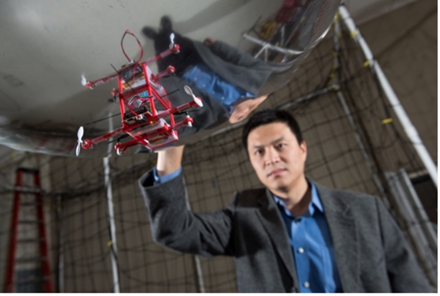
Fumin Zhang
Autonomy for Active Perception by Robot Swarms
Room: Sapphire OPKL
Abstract: Control theory and control technology have received renewed interests from applications involving service robots during the last two decades. In many scenarios, service robots are employed as networked mobile sensing platforms to collect data, sometimes in extreme environments in unprecedented ways. These applications post higher goals for autonomy that have never been achieved before, triggering new developments towards convergence of sensing, control, and communication.
Identifying mathematical models of spatial-temporal processes from collected data along trajectories of mobile sensors is a baseline goal for active perception in complex environment. The controlled motion of mobile sensors induces information dynamics in the measurements taken for the underlying spatial-temporal processes, which are typically represented by models that have two major components: the trend model and the variation model. The trend model is often described by deterministic partial differential equations, and the variation model is often described by stochastic processes. Hence, information dynamics are constrained by these representations. Based on the information dynamics and the constraints, learning algorithms can be developed to identify parameters for spatial-temporal models.
Certain designs of active sensing algorithms are inspired by animal and human behaviors. Our research designed the speed-up and speeding strategy (SUSD) that is inspired by the extraordinary capabilities of phototaxis from swarming fish. SUSD is a distributed active sensing strategy that reduces the need for information sharing among agents. Furthermore, SUSD leads to a generic derivative free optimization algorithm that has been applied to solve optimization problems where gradients are not well-defined, including mixed integer programing problems.
A perceivable trend in the control community is the rapid transition of fundamental discoveries to swarm robot applications. This is enabled by a collection of software, platforms, and testbeds shared across research groups. Such transition will generate significant impact to address the growing needs of robot swarms in applications including scientific data collection, search and rescue, aquaculture, intelligent traffic management, as well as human-robot teaming.
Bio: Dr. Fumin Zhang is Chair Professor and Director of the Cheng Kar-Shun Robotics Institute at the Hong Kong University of Science and Technology. He is also Dean’s Professor adjunct in the School of Electrical and Computer Engineering at the Georgia Institute of Technology. He received a PhD degree in 2004 from the University of Maryland (College Park) in Electrical Engineering and held a postdoctoral position in Princeton University from 2004 to 2007. His research interests include mobile sensor networks, maritime robotics, control systems, and theoretical foundations for cyber-physical systems. He received the NSF CAREER Award in September 2009 and the ONR Young Investigator Program Award in April 2010. He is currently serving as the co-chair for the IEEE RAS Technical Committee on Marine Robotics, associate editors for IEEE Transactions on Automatic Control, and IEEE Transactions on Control of Networked Systems, IEEE Journal of Oceanic Engineering, and International Journal of Robotics Research.
Thursday June 1st, Plenary
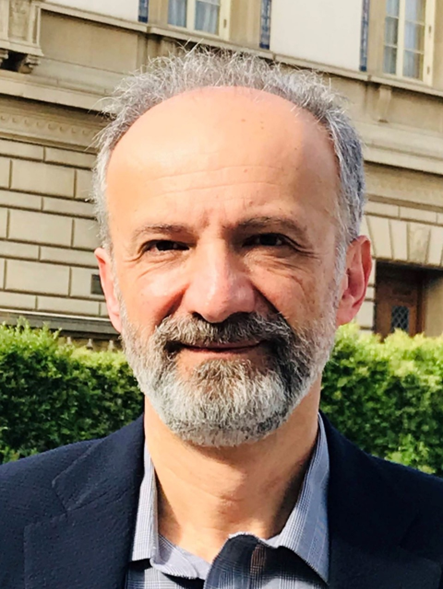
Mrdjan Jankovic
Why would we want a multi-agent system unstable
Room: Sapphire CDGHOPKL
Abstract: In everyday driving, many traffic maneuvers such as merges, lane changes, passing through an intersection, require negotiation between independent actors/agents. The same is true for mobile robots autonomously operating in a space open to other agents (humans, robots, etc.). Negotiation is an inherently difficult concept to code into a software algorithm. It has been observed in computer simulations that some “decentralized” algorithms produce gridlocks while others never do. It has turned out that gridlocking algorithms create locally stable equilibria in the joint inter-agent space, while, for those that don’t gridlock, equilibria are unstable – hence the title of the talk.
We use Control Barrier Function (CBF) based methods to provide collision avoidance guarantees. The main advantage of CBFs is that they provide easier to solve convex programs even for nonlinear systems and inherently non-convex obstacle avoidance problems. Six different CBF-based control policies were compared for collision avoidance and liveness (fluidity of motion, absence of gridlocks) on a 5-agent, holonomic-robot system. The outcome was then correlated with stability analysis on a simpler, yet representative problem. The results are illustrated by extensive simulations including an intersection example where the (in)stability insights are used to explain otherwise difficult to understand vehicle behaviors.
Bio: Mrdjan Jankovic received his PhD degree from Washington University, St. Louis in 1992. He held postdoctoral positions with Washington University and UC Santa Barbara. In 1995 he joined Ford Research where he worked as a Senior Technical Leader until Dec. 2022 on development of control technologies for powertrain and driver assist applications. Dr. Jankovic has over 140 technical publications and more than 90 US patents. He received major awards from IFAC, AACC, IEEE and Ford. Dr. Jankovic is a Fellow of the IEEE and a member of the US National Academy of Engineering.
Friday June 2nd, Semi-Plenaries
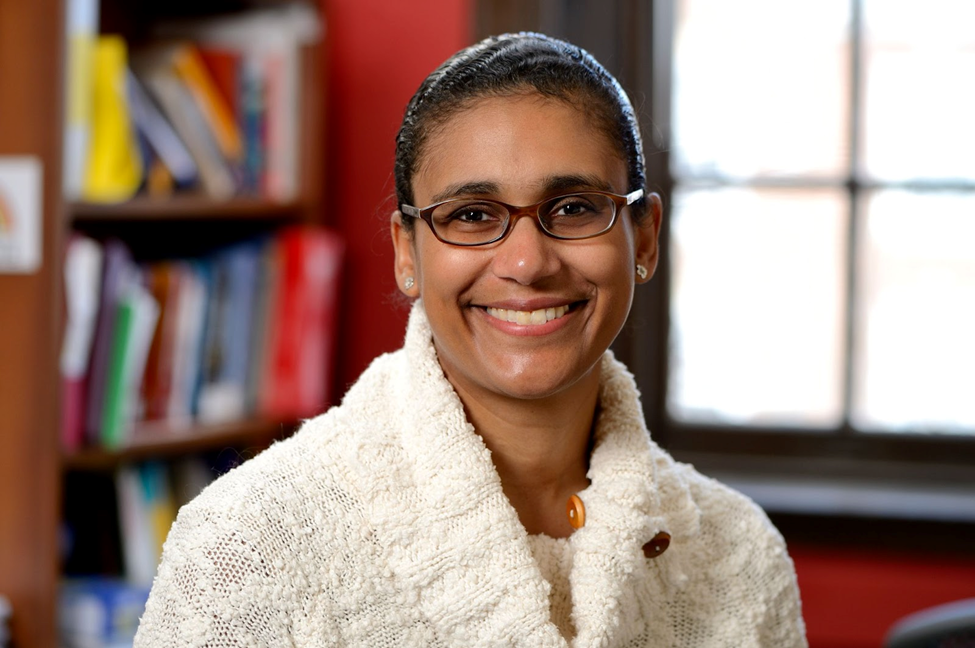
Dennice Gayme
Towards flow control: from boundary layers to wind farms and back again
Room: Sapphire OPKL
Abstract: Wind farms comprise a network of dynamical systems that operate within a continuous space, i.e., the turbulent atmospheric boundary layer (ABL). Viewing the turbines as actuators that adjust the flow field to collectively produce a desired overall power output, wind farms are an excellent prototype for flow control in which the actuators are well-defined and located in the region of interest. In this talk we introduce models and control strategies that adopt this viewpoint. We first demonstrate that taking into account both the challenges and opportunities arising through interactions with the ABL can enable wind farms to participate in markets that support the grid with improved efficiency. We then focus on the dynamic interconnections within the farm, which we formulate in terms of a graph with time-varying edge connectivity that accounts for changes in the incoming wind direction and turbine yaw angles. An example implementation of this simplified graph model within a combined pitch and yaw controller demonstrates the potential and limitations of yaw for augmenting pitch control in power tracking applications. In the final part of the talk, we discuss new approaches for developing similar types of control oriented models that focus on the critical flow features in other types of wall-bounded shear flows.
Bio: Dennice F. Gayme is an Associate Professor in Mechanical Engineering and the Carol Croft Linde Faculty Scholar at Johns Hopkins University. She received her B. Eng. & Society in Mechanical Engineering from McMaster University in 1997, an M.S. in Mechanical Engineering from the University of California at Berkeley in 1998, and her Ph.D. in Control and Dynamical Systems from the California Institute of Technology in 2010. Prior to her doctoral work she was a Senior Research Scientist in the Systems and Control Technology and Vehicle Health Monitoring Groups at Honeywell Laboratories from 1999-2003. Her current research interests are in modeling, analysis and control of spatially distributed and large-scale networked systems, such as wind farms, wall-bounded shear flows, vehicle networks and power systems. She has received a number of awards for her research and teaching, including a JHU Catalyst Award in 2015, ONR Young Investigator and NSF CAREER awards in 2017, JHU Discovery Awards in 2019 & 2022, a Whiting School of Engineering Johns Hopkins Alumni Association Excellence in Teaching Award in 2020, and the Turbulence and Shear Flow Phenomena (TSFP12) Nobuhide Kasagi Award in 2022.
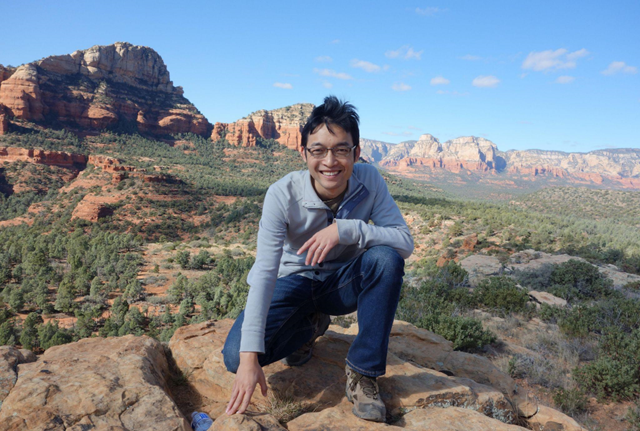
Yongxin Chen
Donald P. Eckman Awardee
A journey through diffusions
Room: Sapphire CDGH
Abstract: Diffusion processes refer to a class of stochastic processes driven by Brownian motion. They have been widely used in various applications, ranging from engineering to science to finance. In this talk, I will discuss my experiences with diffusion and how this powerful tool has shaped our research programs. I will go over several research projects in the area of control, inference, and machine learning, where we have extensively utilized tools from diffusion processes. In particular, I will present our research on four topics: i) covariance control in which we aim to regulate the uncertainties of a dynamic system; ii) distribution control where we seek to herd population dynamics; iii) Monte Carlo Markov chain sampling for general inference tasks; iv) and diffusion models for generative modeling in machine learning.
Bio: Yongxin Chen is an Assistant Professor in the School of Aerospace Engineering at Georgia Institute of Technology. He has served on the faculty at Iowa State University (2017-2018). Prior to that, he spent one year (2016-2017) at the Memorial Sloan Kettering Cancer Center (MSKCC) as a postdoctoral fellow. He received his BSc from Shanghai Jiao Tong University in 2011, and Ph.D. from University of Minnesota in 2016, both in Mechanical Engineering. He is an awardee of the George S. Axelby Best Paper Award of IEEE Transactions on Automatic Control in 2017 and the best paper prize of SIAM Journal on Control and Optimization in 2023. He received the NSF Faculty Early Career Development Program (CAREER) Award in 2020, the Simons-Berkeley Research Fellowship in 2021, the A. V. `Bal’ Balakrishnan Award in 2021, and the Donald P. Eckman Award for outstanding young engineer in the field of automatic control in 2022. His current research interests are in the areas of control theory, optimization, machine learning, and robotics. He enjoys developing new algorithms and theoretical frameworks for real world applications.
Thursday, 6/1, 6:30-7:30 pm, Public Lecture in Sapphire CDGHOPKL
